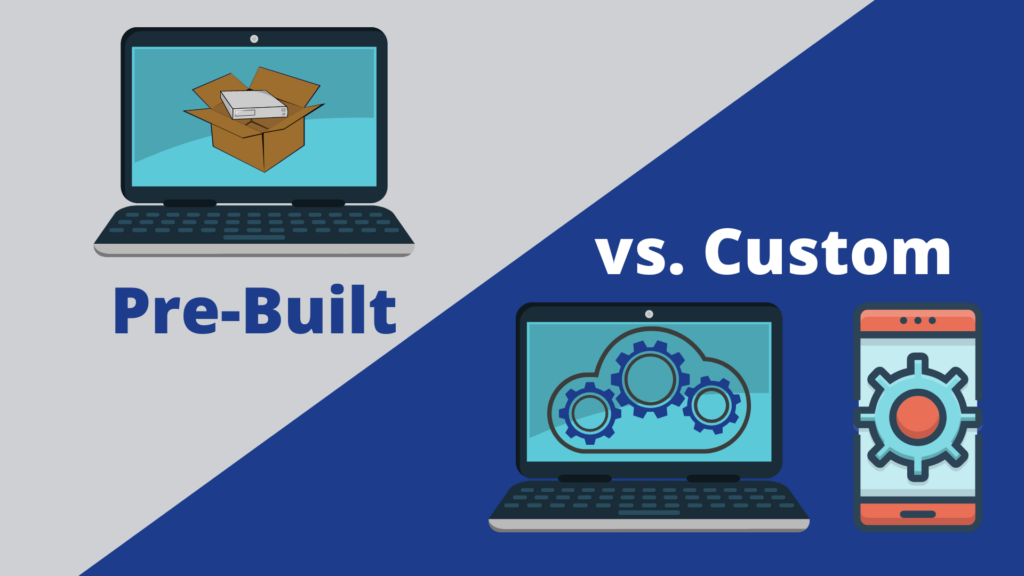Every construction company dreams of a world where inventory is a breeze. A world where you know exactly how many parts and materials you have on hand, down to the last bolt and screw. Where each item is neatly located, and reordering is as simple as a click. But in reality, even with all the technology available, effective inventory tracking remains a struggle for many companies. And the culprit? Often, it’s not a lack of technology, but the limitations of the technology itself.
Here’s how your inventory process costs can get out of control:
1. Missing the Barcode Powerhouse:
Most ERP systems have built-in inventory management but often lack robust barcode scanning capabilities. This is the missing piece of the puzzle! Manual data entry is slow, error-prone, and frankly, a ridiculous expectation for a construction company with millions of dollars worth of inventory.
Think about it: would you plan your next vacation by hand, or use a user-friendly app? The same goes for inventory. You need a system that makes data entry fast and effortless, and that means barcode scanning is non-negotiable.
2. The “Technically Works, But Doesn’t” Trap:
Imagine a car that starts, accelerates, and even steers, but only on a perfectly flat, straight road. It’s technically functional but useless in the real world. That’s what some ERP systems are like when it comes to construction inventory. They may track your inventory and generate reports, but in the messy, dynamic environment of a construction site, they fall apart.
A truly effective system should be built for the real world. It should be able to handle receiving 572 items at the loading dock with ease, import materials lists from takeoff systems, and let warehouse teams manage tasks using only their scanners. These aren’t just bells and whistles; they’re essential for keeping track of your inventory in a way that makes sense for your business.
3. The Data Entry Drain:
Think of all the time and money your team spends manually entering data into your ERP system. It’s a drain on resources, and it takes away from their actual work. Every minute spent typing in part numbers is a minute lost on tasks that drive your business forward.
A good inventory management system should minimize data entry and automate tasks wherever possible. Look for solutions that integrate with your existing systems, import data automatically, and let your team work with barcodes as much as possible. This frees them up to focus on what they do best: building.
The Bottom Line About Inventory Process Costs:
Effective inventory tracking isn’t just about technology; it’s about choosing the right technology for the job. Don’t settle for a system that’s technically functional but practically useless. Invest in an ERP system that’s built for the real-world challenges of construction, with robust barcode scanning, seamless integration, and a focus on minimizing data entry. This is the key to unlocking the dream of effortless inventory tracking and saving your company money in the process.
Remember, your ERP system should be a tool that empowers your team, not a burden they have to overcome. By prioritizing robust barcode scanning and ease of use in your ERP system, you can turn inventory tracking from a costly headache into a powerful driver of efficiency and profitability.



